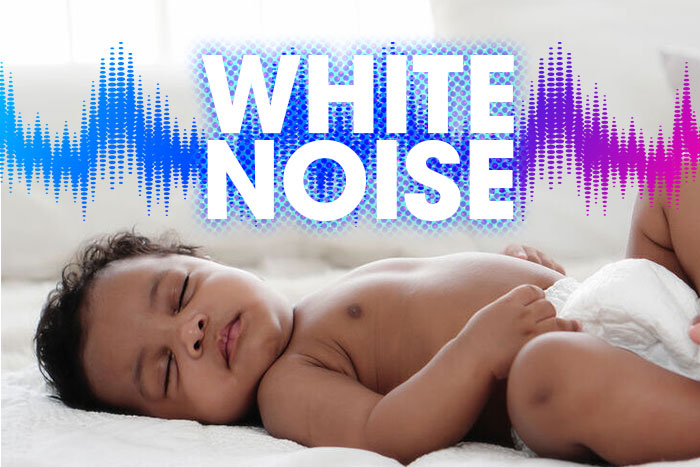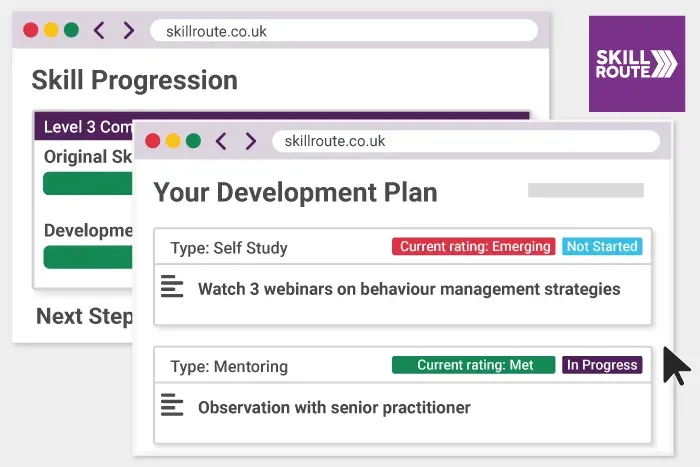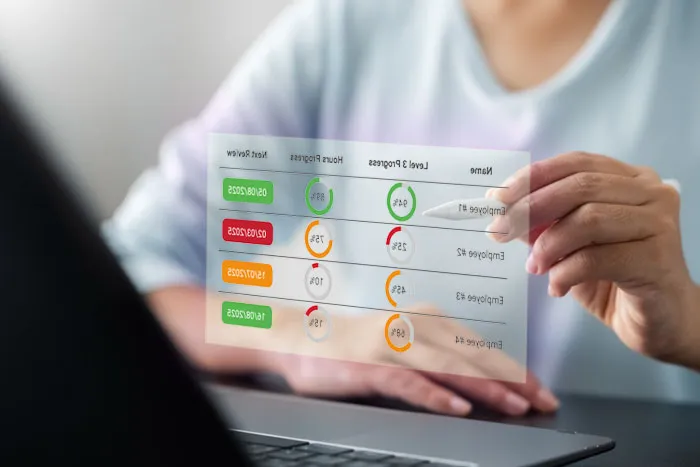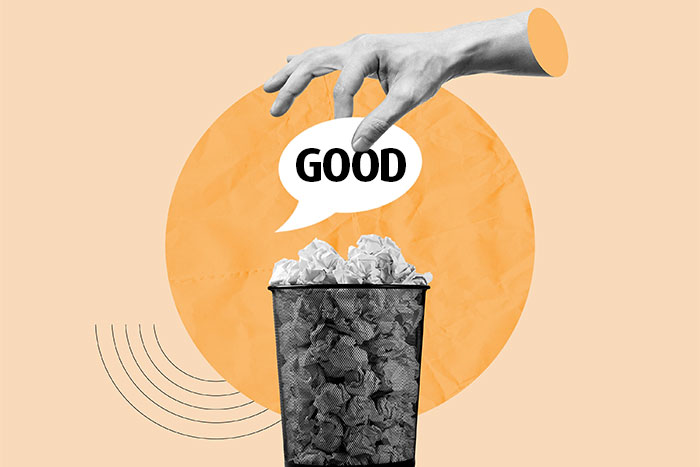White Noise for Sleeping Babies: Pros, Cons, and Tips

As caretakers and educators of infants, one of our primary responsibilities is to create a peaceful and restful environment for babies in our care. White noise, a constant, soothing background sound, has become a topic of discussion in nurseries. While it has gained popularity for its potential to promote better sleep among babies, it also has its share of concerns. In this article, we will explore the pros and cons of using white noise in a nursery and provide practical tips on its usage. Additionally, we'll discuss where users can access white noise and conclude with guidance on making informed decisions.
Pros and Cons of Using White Noise
Pros of Using White Noise
A Calming Effect:
White noise can mimic the comforting sounds babies experience in the womb. For many infants, this familiar auditory environment has a calming effect, helping them feel secure and relaxed.
Improved Sleep Patterns:
Parents and caregivers often report that white noise aids in establishing consistent sleep patterns. Babies tend to sleep longer and more soundly, contributing to their overall well-being.
Noise Masking:
White noise is an effective tool for masking sudden, disruptive sounds such as doorbells, traffic, or household noises. This, in turn, prevents babies from waking up prematurely due to external disturbances.
Sleep Association:
Over time, white noise can become a sleep cue for babies. As part of a bedtime routine, it signals that it's time to sleep, helping create a more predictable schedule.
Cons of Using White Noise
Dependency:
Critics argue that babies might become overly reliant on white noise to sleep. Overuse could potentially lead to difficulties when transitioning to a quieter sleeping environment, making them less adaptable to different settings.
Hearing Concerns:
Prolonged exposure to loud white noise can raise concerns about potential hearing damage in infants. It is crucial to use white noise machines at a safe and appropriate volume to avoid this risk.
Lack of Silence:
Continuous use of white noise might deprive babies of the opportunity to adjust to a quiet environment. Learning to sleep without constant background noise is an essential skill for infants.
Limited Research:
While anecdotal evidence supports the use of white noise, more comprehensive research is needed to understand its long-term effects on infant sleep and development fully.
Tips for Using White Noise Effectively in the Nursery
1. Gradual Introduction:
When introducing white noise to a nursery, do so gradually. Start with low volume and gradually increase it to a comfortable level. This helps babies acclimate to the new sound environment.
2. Volume Control:
Always monitor and control the volume of the white noise machine. Ensure that it remains within safe decibel levels to prevent hearing damage. Most experts recommend keeping it around 50-60 decibels.
3. Timed Usage:
Use white noise as part of a structured sleep routine. Play it during naptime and bedtime, and turn it off during other times to allow babies to experience periods of quiet.
4. Weaning Off White Noise:
As infants grow, consider gradually reducing the reliance on white noise. Encourage babies to sleep in progressively quieter environments to help them adapt to different sound conditions.
5. Individual Assessment:
Remember that not all babies are the same. Some may respond positively to white noise, while others may not. Be observant of each child's preferences and adjust your approach accordingly.
6. Consult Parents:
Engage in open communication with parents regarding the use of white noise. Discuss its benefits and any concerns to ensure that both caregivers and parents are on the same page.
7. Regular Maintenance:
Ensure that the white noise machine is regularly maintained and in good working condition to prevent unexpected loud bursts of noise that might startle the babies.
Where You Can Access White Noise
Users can access white noise from various sources, both online and offline:
White Noise Apps: Numerous white noise apps are available for smartphones and tablets. These apps offer a wide range of white noise sounds and can be downloaded from app stores.
Online Streaming Platforms: Streaming platforms like YouTube, Spotify, and SoundCloud have a vast collection of white noise tracks and playlists.
White Noise Machines: Dedicated white noise machines are available for purchase online and at retail stores.
Websites: There are websites that offer free white noise generators where users can select the type of white noise they prefer.
Downloadable White Noise Files: Users can find downloadable white noise files in various formats on the internet.
Smart Speakers: Smart speakers like Amazon Echo and Google Home can play white noise upon voice command.
Baby Sound Machines: Many baby sound machines have white noise as one of their built-in features.
So it really is up to you…. the use of white noise in a nursery is a topic that sparks both enthusiasm and caution. As nursery managers, practitioners, and childminders, the decision should be made considering the individual needs of each child. It may be helpful to use white noise in moderation and gradually introduce babies to quieter sleeping conditions. Additionally, constant monitoring of the volume and duration of white noise exposure is essential to ensure the safety and well-being of the infants in your care.
Ultimately, the use of white noise should be a part of a broader strategy to create a peaceful, nurturing, and comfortable nursery environment for the youngest members of our communities. By incorporating best practices and being aware of potential concerns, you can provide a balanced approach to using white noise, helping infants sleep soundly while addressing their unique needs.
Other Articles

Can My Level 2 Staff Be Left Alone with Children? (2025 Ratio Rules Explained)
May 21, 2025

Understanding Ofsted's New Experience-Based Route for Early Years Staff
February 5, 2025

Are Day Swaps a Good Idea for Your Nursery? A Guide for Owners and Managers
December 11, 2024

Ofsted’s Grading Changes: Impact on Nurseries
September 3, 2024

Nursery Staff Meeting Activities: Scenario Analysis and Role-Play
June 18, 2024

How to Write a Staff Meeting Agenda for Nursery Settings
June 18, 2024

How to Plan a Nursery Staff Meeting
June 18, 2024

Boosting Parent Partnership: 10 Strategies for Nursery Success
May 10, 2024

EYFS 2024: What's Changing? Find out and take the quiz!
November 25, 2023

Common Ofsted Questions Answered: A Summary for Early Years Professionals
October 12, 2023
 © Copyright 2021 - 2025. All rights reserved.
© Copyright 2021 - 2025. All rights reserved.